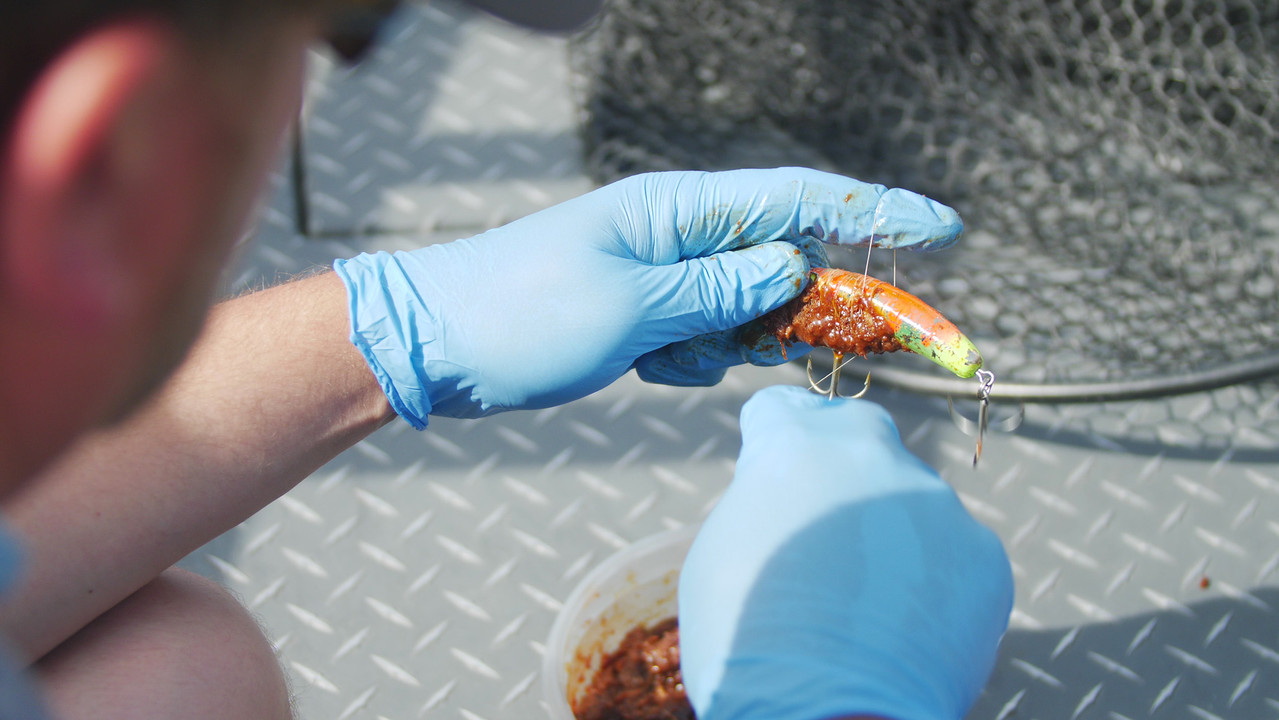Salmon Plug Fishing
Salmon plug fishing refers to a technique of catching salmon using a fishing lure known as a plug. A few examples are Kwik Fish, Mag Lips, and Killerfish. Plugs are an artificial bait designed to mimic the appearance and movement of a wounded fish or other prey. They typically have a hard, elongated body made of wood or plastic and are equipped with treble hooks.
Here are Some Key Points About Salmon Plug Fishing:
1. Plug Selection: There are various types of plugs specifically designed for salmon fishing. These plugs come in different sizes, shapes, colors, and diving depths.
2. Plug Action: Plugs are designed to create an enticing swimming action when pulled through the water. They wobble, dive, and vibrate to attract salmon. The action can be adjusted by factors such as trolling speed, line length, current, and the addition of weights or divers.
3. Trolling and Anchoring Up Techniques: Trolling is the most common method for fishing with plugs. It involves pulling the lure behind a moving boat at a slow to moderate speed. Anglers typically use downriggers, planer boards, or divers to achieve the desired depth. Another technique is anchoring up. Depending on the current conditions, letting out more or less line will position the plugs at the desired depth. It is important to use the proper size of plug as it will also affect the lure depth.
4. Depth Control: The depth at which you fish the plug depends on the species of salmon you are targeting and their preferred feeding depth. Adjusting the line length, using downriggers or sinkers, or employing diving devices like divers or planer boards can help control the depth of the plug.
5. Color Selection: The choice of plug color can vary depending on water conditions, weather, and the specific preferences of the fish. Bright and contrasting colors such as chartreuse, orange, and fluorescent patterns are commonly used. However, it's essential to experiment and adapt to the conditions of the day. UV enhanced and glow finished plugs can make a big difference in low light conditions or muddy water.
6. Season and Location: Salmon plug fishing is popular in both freshwater and saltwater environments. The timing and location can vary depending on species and region. Researching local fishing reports, talking to local anglers, and consulting with fishing guides can help you determine the best time and place for plug fishing.
7. Hook Setting: When a salmon strikes the plug, it's important to promptly set the hook to ensure a solid connection. The treble hooks on the plugs are designed to increase the chances of hooking the fish. Depending on the regulations and preference of the angler, a single hook with swivel setup is often a preferred choice. A quick and firm hookset is generally recommended.
Remember to check the specific fishing regulations and guidelines for your area, as they can vary. It's also important to practice ethical fishing practices, such as catch-and-release when necessary, to help preserve salmon populations for the future.
Find All Our Salmon Plugs and Other Lures Here.
EXPLORE POPULAR ARTICLES
-
Crabbing in the Pacific Northwest
Nov 11th 2024Crabbing in the Pacific NorthwestThe Pacific Northwest (PNW) is a region known for its stunning land
-
Salmon Fishing in the Pacific Northwest: A Guide to the Best Angling Experience with Fish-Field
Nov 7th 2024The Pacific Northwest (PNW) is known for its stunning landscapes, rich natural resources, and, of co



